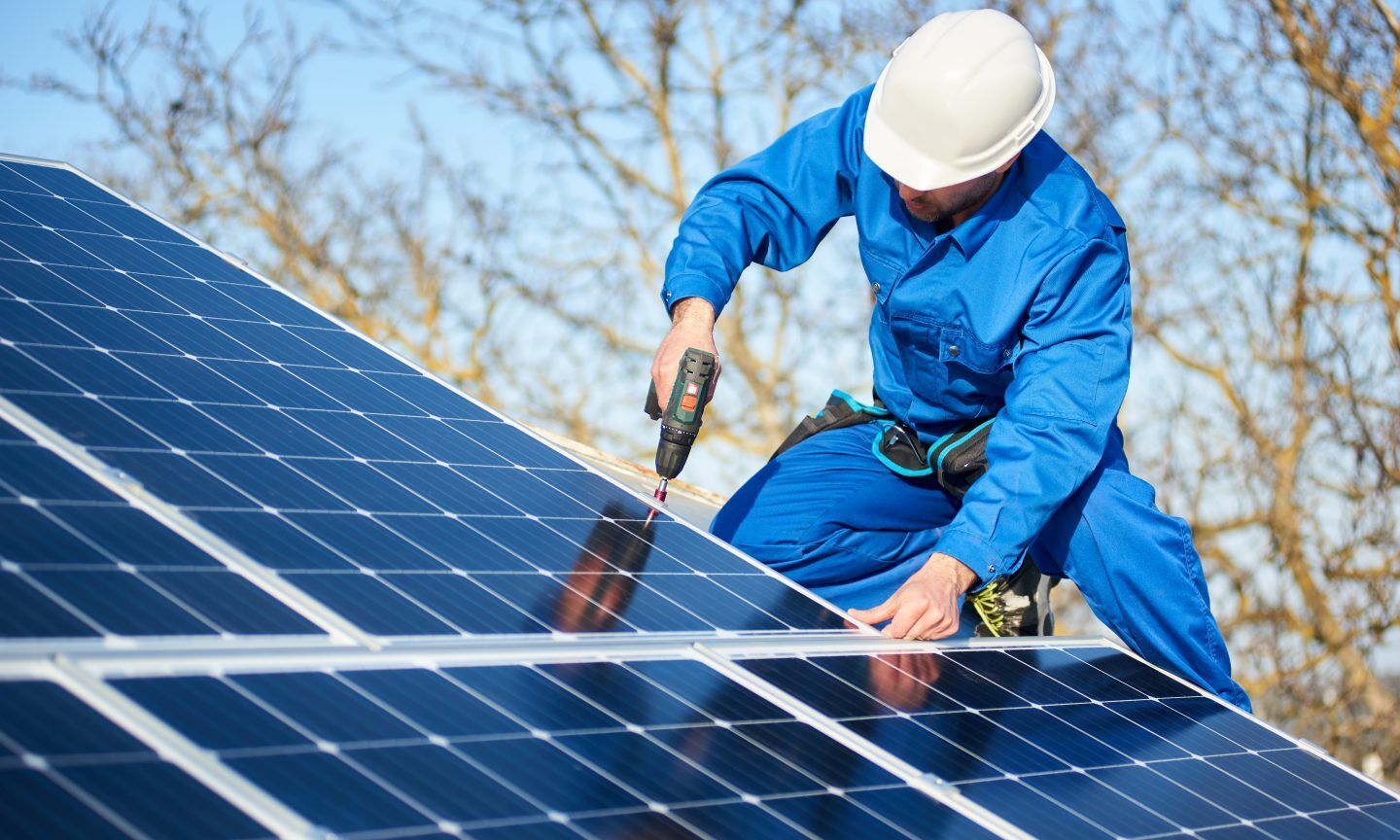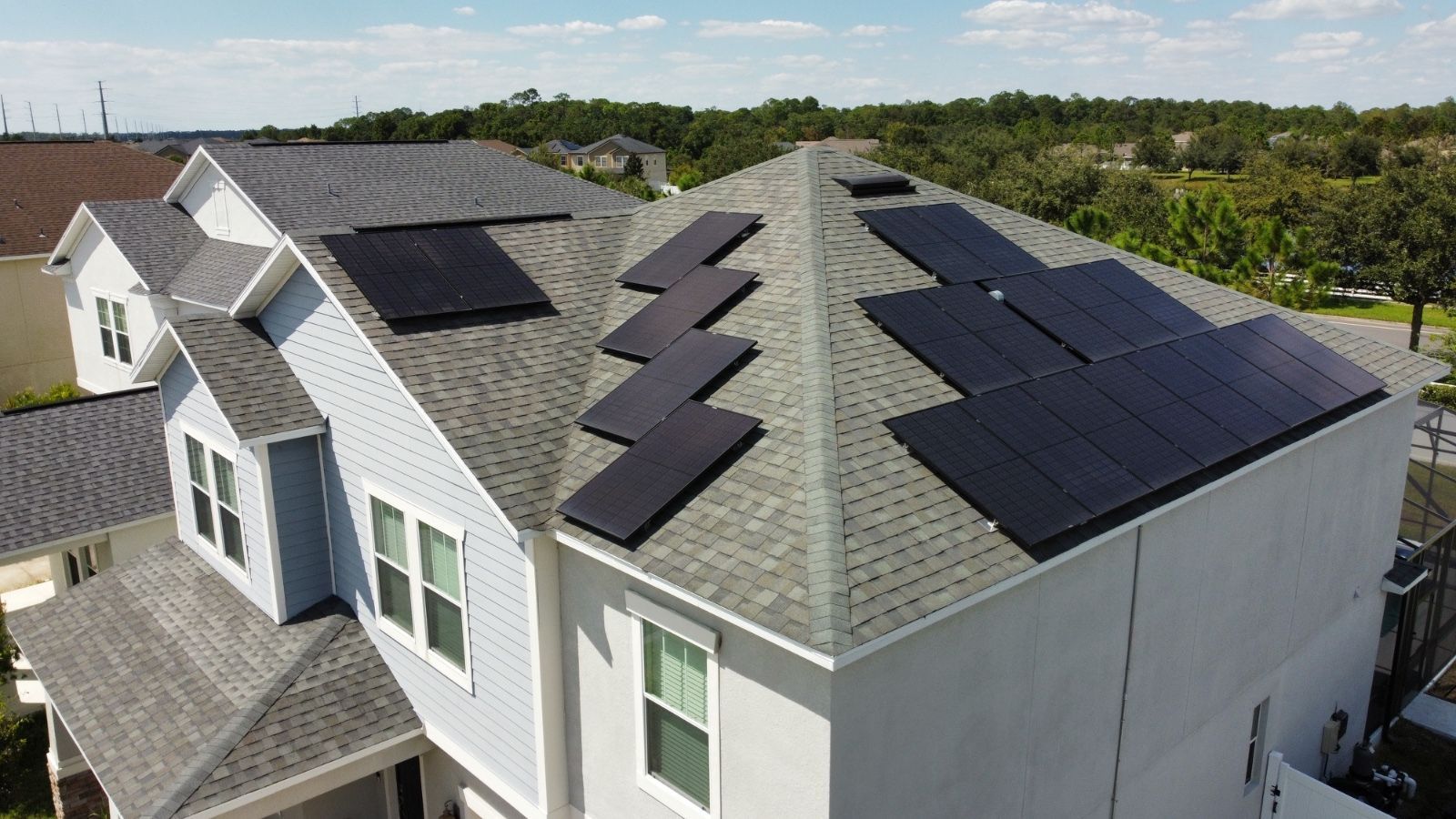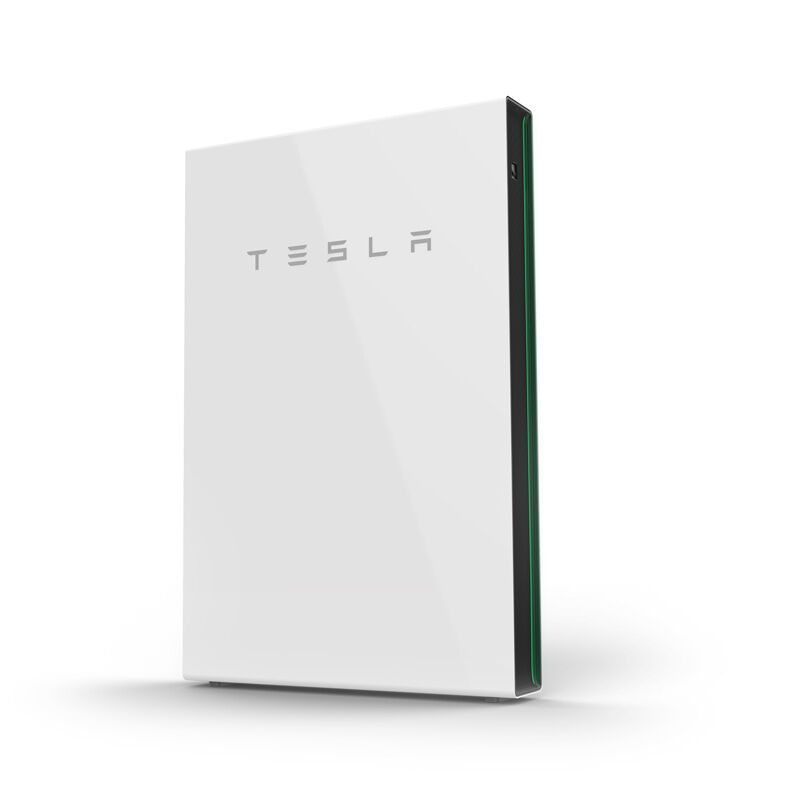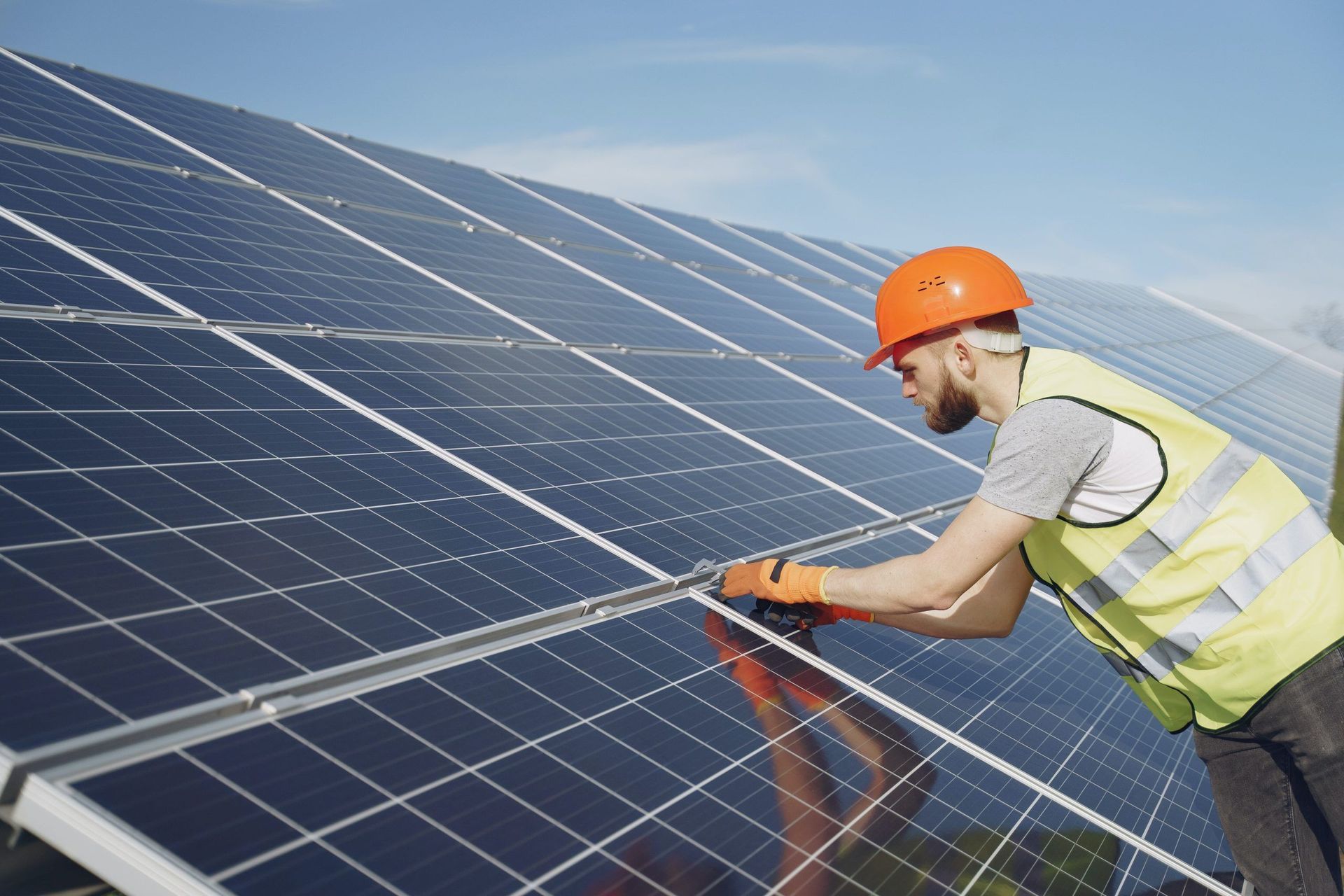How Do Solar Panels Produce Electricity? Understanding the Process of Solar Energy Generation

Solar power generation is valuable, especially in sunny locations like Orlando. Understanding how the panels work can help immensely while ensuring the proper system size and placement for any residential or commercial property.
The Materials of Solar Panels: What They're Made Of and How They Work
Silicon is the second most common element on Earth and makes up about 27% of Earth’s crust by mass. For solar panels, companies manufacture silicon crystals, which are an efficient option for converting sunlight to solar power, especially in places like Orlando.
Some panels carry a CIGS label, which stands for copper, indium, gallium, and selenide. These materials cost less than manufacturing silicon crystals and are only slightly less efficient for generating solar power. As a result, CIGS solar panels are a commonly available choice.
How Solar Panels Function: The Science Behind Solar Energy Production
Manufacturers create positively and negatively charged strips of silicon crystals for common solar panels by adding (n-type) or removing (p-type) an electron. Then, the strips are sandwiched together in alternating charges, which looks like n-type, p-type, n-type, p-type. This makeup forms the photovoltaic cell.
The size of a solar panel determines how many photovoltaic cells it contains. Glass covers the collection of cells and protects them from the elements without impeding sunlight. The cells also sit on a conductive metal plate, which directs the flow of energy into a fused array combiner.
Sunlight contains photons, which have no mass but do have energy. The photons interact with the charged strips of silicon, which releases the energy. The photovoltaic cell directs the energy into the conductive plates. The energy then goes through the fused array combiner and into an inverter, converting it from DC to AC. Once the current is AC, most buildings can use it.
Factors That Affect Solar Power in Orlando: Maximizing Efficiency in Florida's Climate
Generating solar power, even in sunny locations like Orlando, relies on various factors beyond the construction of the solar panel. Mitigating these factors ensures the reliable generation of clean solar power.
Panel Tilt: How the Angle Affects Solar Power Efficiency
Solar panels convert sunlight most efficiently when they are perpendicular to where the sunlight originates. The angle maximizes how much sunlight hits the panels, thus allowing more energy conversion. As a rule of thumb, solar panel tilt should be approximately the same as the location’s latitude. For example, Orlando is at about 28 degrees North, so the panels need a shallower angle to function best.
Seasonal Changes and Solar Power: How Different Seasons Affect Solar Panel Efficiency
Unfortunately, the seasonal weather also affects solar power generation, even in sunny spots like Orlando. Storm seasons, for example, mean many days with less sunlight breaking through the clouds. In colder climates, snow can reflect sunlight onto solar panels, or it can cover them up. Due to this variability, installers focus on the entire year rather than every month.
Azimuth and Solar Power: How Panel Orientation Affects Energy Production
The solar azimuth is the direction the sunlight comes from, and solar panels should always aim towards it. From Orlando to Seattle to Fairbanks, that direction is South. Installers tend to use a 0-degree angle to ensure maximum potential solar power. Failure to do so may mean up to a 35% drop in solar power.
Shade and Solar Power: How Shading Affects Solar Panel Performance
Shade prevents sunlight from hitting the solar panels entirely, so it’s an incredibly significant factor. Shade can come from trees or other buildings blocking the side of the structure best suited for solar panels. Even in sunny locations like Orlando, placing solar panels in the shade means less solar power availability.
Go Solar with Spectrum Solar: Reliable and Affordable Solar Solutions for Your Home
Take control of your energy needs today! Call or contact Spectrum Solar to request your free, custom solar power savings estimate. You’ll be amazed at how easy it is and what you’ll save by going with the best solar company in Orlando.




